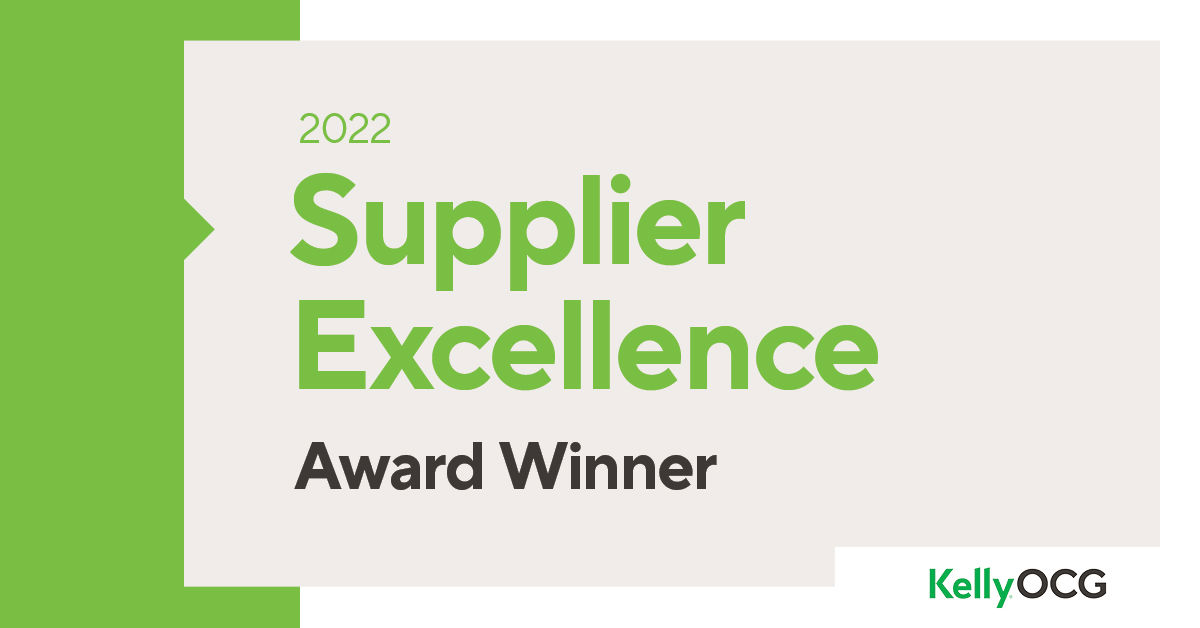Women in Engineering within the Life Sciences: Breaking Barriers and Inspiring Change
19 Jul, 20235 minutesHappy International Women's Day! This year's theme is "DigitAll: Innovation and Technology f...

Happy International Women's Day! This year's theme is "DigitAll: Innovation and Technology for All," which highlights the importance of promoting gender equality in the digital world. Today, we celebrate the achievements of women and recognize the progress that has been made towards creating a more inclusive and diverse workforce in the engineering and life sciences industry. However, we also acknowledge that there is still work to be done to inspire and encourage women to pursue careers in engineering within the life sciences industry, especially as technology and innovation continue to shape this field.
Engineering within the life sciences is a field where science, technology, and engineering converge to create innovative solutions in healthcare, biotechnology, and pharmaceutical industries. However, despite the growing demand for skilled professionals in this field, women remain underrepresented in engineering roles within the life sciences industry. According to data from the National Science Foundation, women comprise only 15% of engineering professionals in the life sciences industry. This begs the question: What can be done to encourage and inspire more women to pursue a career in engineering within the life sciences?
What Barriers do Women face in the Life Sciences Engineering field?
Before we delve into the ways to inspire and encourage women into engineering within life sciences, it is important to understand the reasons why women avoid this field. Some of the reasons include:
- Gender Stereotyping: There is a common stereotype that engineering is a male-dominated field, which can discourage women from pursuing a career in this area. According to the Society of Women Engineers, women make up only 13% of the engineering workforce, and only 27% of the life sciences workforce.
- Lack of Female Role Models: The underrepresentation of women in this field means that there are few female role models for aspiring women engineers to look up to.
- Lack of Support: Women may not receive the same level of support as men in their education or early career, making it harder for them to succeed in this field.
How can companies break barriers and inspire change?
Now that we understand some of the barriers women are currently facing, let's explore some ways that companies can encourage and inspire women to pursue an Engineering career within the life sciences field.
1. Mentorship Programs:
Companies can create mentorship programs that pair female engineers with experienced mentors. This will provide women with access to role models and help to build their confidence in this field. Women engineers within the life sciences can connect with others in the industry through such programs as well as conferences, and networking events. These opportunities allow women to gain valuable insights and advice from experienced professionals, develop professional relationships, and find support and encouragement from peers.
2. Visibility and Representation:
One of the main reasons women may avoid pursuing a career in engineering within the life sciences is the lack of female role models in the industry. It is important to showcase successful women in engineering within the life sciences, who have paved the way for other women to follow. One such woman is Ursula Burns, who was the CEO of Xerox and the first black woman to lead a Fortune 500 company. Another inspiring figure is Dr. Mary-Claire King, a geneticist who discovered the breast cancer gene, BRCA1. These women, along with many others, have shown that there is no limit to what women can achieve in engineering within the life sciences.
Companies can showcase their female engineers on their website and social media platforms, highlighting their work and achievements. This will increase visibility and representation, helping to break down stereotypes and inspire young women to consider engineering.
3. Training and Development:
It is important to provide educational opportunities for women who are interested in engineering within the life sciences. This includes promoting science, technology, engineering, and mathematics (STEM) education to girls from an early age, as well as providing access to STEM resources, such as internships, workshops, and extracurricular activities. Encouraging women to pursue advanced degrees in engineering within the life sciences is also critical. According to data from the National Science Foundation, women with doctoral degrees in engineering have higher median salaries than women with other doctoral degrees.
Companies can provide training and development opportunities to help women engineers build their skills and expertise. This will help them to advance in their career and achieve their goals.
Conclusion:
International Women's Day's theme of "DigitAll: Innovation and Technology for All" reminds us of the importance of promoting gender equality in the digital age. As the engineering and life sciences industry continue to evolve and be shaped by technology and innovation, it's crucial that women are given equal opportunities to succeed and make meaningful contributions to this field. By providing role models, mentorship, educational opportunities, employer support, and recognition of achievements, we can break down barriers and inspire change. On this International Women's Day, let's choose to challenge the status quo and create a world where women have equal access to opportunities in the digital world. Let's work together to build a brighter, more inclusive future for all.
If you're looking to hire top talent in the pharmaceutical industry, contact i-Pharm today.










